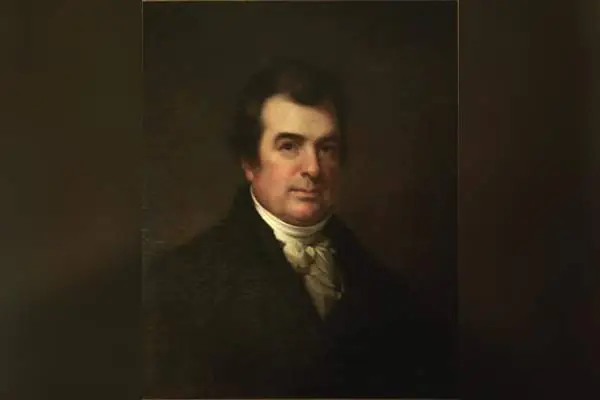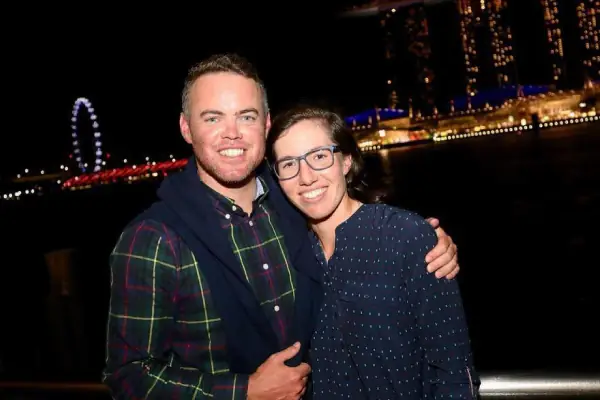Joe Dittmar Biography: A Soul-Stirring 9/11 Survivor Story From Hellish Heights to Heartfelt Homecoming

Joe Dittmar Biography. Image Source: Social Media
- Full Name Joseph Dittmar
- Age 68 yrs
- Birth Date August 8, 1957
- Country America
- Relationship Status Married
- Spouse Betty Dittmar
- Nationality American
- Ethnicity White
- Profession Vice President (Swyfft Commercial)
- Children 4
- Education Communications, Temple University
In the history of the United States of America, September 11, 2001, is a day that will forever be burned into the memories of millions of people’s minds. The incident of the 9/11 attack saw a nation facing unspeakable darkness, but it’s a tragedy that descended across the world with a profound and enduring impact.
The day of great tragedy and sorrow resulted from an evil and despicable act of terror. And still haunted by the reminiscence, Joe Dittmar, a survivor of that fateful day, witnessed the screams of the helpless souls and the bravest act of heroes who walked right into the bowels of hell on earth.
This article, an anecdote from Joe Dittmar biography, recollects how a nation divided by states became a neighborhood on that terrible day. Although the 9/11 attacks were intended to break the American spirit, the aftermath marked a profound turning point in global history. The U.S. later reshaped international relations, security policies, and public perception of terrorism and its consequences. So let us honor patriot day and the chronicles of thousands of souls who lost their families, dreams, and life.
Hell On Earth: Real Story Of The South Tower’s 105th Floor
The harrowing moments on the 105th floor, just five floors below the very top of the south tower of the World Trade Center (WTC), still haunt Joe Dittmar and likely always will. The World Trade Center was a large complex in Lower Manhattan in New York City where two of the towers, the North Tower and the South Tower, were originally the tallest buildings in the world.
On September 9, 2001, Dittmar, then a fire insurance underwriter, had to attend a business meeting in the south tower of the WTC. The father of four kids had traveled to New York City from his home in Aurora, a Chicago suburb. Dittmar and 53 other insurance executives were in an internal windowless conference room with only one door. The meeting, scheduled for 8.30 am, started late; little did they know an Islamic terrorist group, Al Qaeda, was launching an attack on New York’s sky-reaching towers.
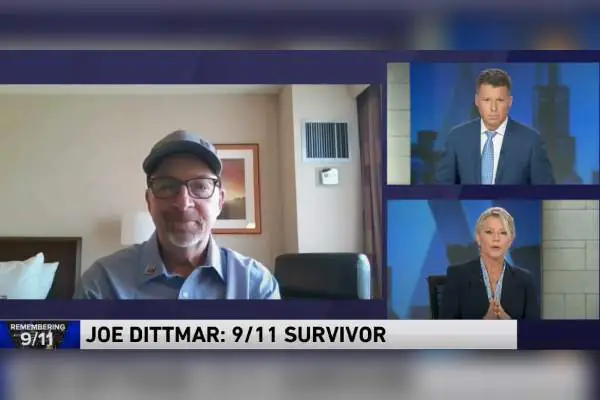
Joe Dittmar Biography. Image Source: Social Media
At 8:46 am, American Airlines Flight 11, a Boeing 767 jet carrying 76 passengers, 11 crew, and five hijackers, had hit the north face of the North Tower, between floors 93 and 99. The attack happened 120 feet away from the south tower but went unheard in the south tower’s conference room. Two minutes later, at 8:48 am, something strange happened in the south tower as the staff noticed the flickering of lights.
After a while, the people were told to evacuate, and an insurance employee, also a fire marshall, led the group of 54 people to the emergency fire stairwell and delivered news nobody wanted to hear. They’d have to walk 105 flights of stairs to the ground level. So they entered the stairwell and started walking down, having no clue that it was a terrorist attack.
Unaware of the incident, Dittmar and his executives began their horrific trek down stairwells to the ground floor. Among the 54 executives, Dittmar was just one of seven people in the meeting to survive the day. For many, their journey down the last intact stairwell was fraught with unfathomable danger and nightmarish terror.
Attack On South Tower: Worst One Minute Of His Entire Life
On the 90th floor, Dittmar experienced the worst 30 or 40 seconds of his life when he and others who had been ordered to evacuate the building. They would soon come across the horror sight after walking 15 blind flights down the stairwell. Joe and other people looked out the windows to the north and saw the mind-scrambling and gruesome view of the North Tower. As Joe recalled, they saw huge black holes punched through the building’s sides, with gray and black clouds of smoke pouring out of those holes and flames flicking up the building’s side.
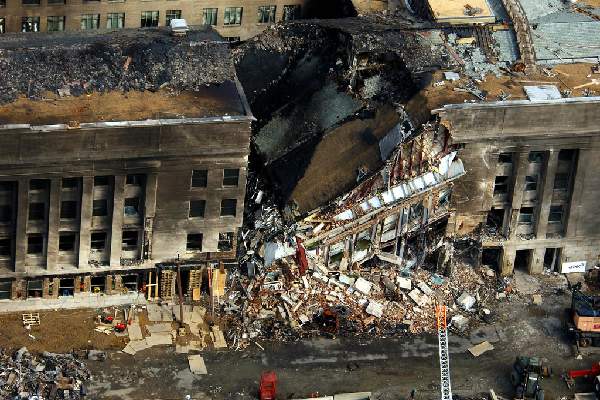
Joe Dittmar Biography. Image Source: Flickr
Dittmar kept moving and reached a sky lobby on the 78th floor. Because of its immense size and the inability to run an elevator from top to bottom, the tower had two sky lobbies, one on 78th and the other on 44th. A woman from the 8.30 am meeting screamed at Dittmar to get into a lift, but he decided not to take the lift and continued down the stairwell. In later interviews, Dittmar considered this the best decision he had made in his life. Meanwhile, most of the other people from his business meeting entered the lift to try to get out, and unfortunately, they did not survive.
Dittmar took to the stairs to evacuate and reached the 72nd floor when 17 minutes after the first crash, the second plane hit his tower. At that moment, United Airlines Flight 175 smashed into the South Tower, a mere half-dozen floors above him between 77th and 85th. The catastrophic violence of the impact caused the handrails to break off the wall, the concrete to start scuttling, and the steps beneath him to roll like waves in the ocean.
Joe Dittmar Surviving The Pandemonium Of The 9/11 Attacks
On the 35th floor, Dittmar saw heroic first responders, New York City’s police, firefighters, and paramedics going up. Debris was cascading and falling from both towers, which was too dangerous. People, too, were jumping from buildings in desperation. First responders ushered escapees into the subterranean concourse under the World Trade Center, a warren of retail laneways that funneled into the blocks and exit points away from the twin towers.
The same bloodcurdling scream, underground, Dittmar bumped into an old friend he knew who worked on a lower South Tower floor and lived in the city’s Upper West Side. As the clock edged towards 9.59 am, when the South Tower would crumble and fall, Dittmar and his friend finally climbed an escalator and rose above the ground.
Police yelled at them to get moving and not look back. They passed a small laundromat, where a radio news report said something about a terrorist attack. About eight short blocks away from the towers, Dittmar suddenly heard a terrible noise. The sound of hundreds, maybe tens of thousands of people on the streets in New York, all simultaneously screaming the same bloodcurdling scream.
In the maelstrom of both towers coming down, Dittmar and his friend sought shelter in someone’s Tribeca apartment, watching the television and piecing everything together. They learned American Airlines Flight 77 had struck the Pentagon, and United Flight 93 had gone down in a field near Shanksville in western Pennsylvania. Nevertheless, six excruciating hours after the lights had flickered in that morning meeting, Dittmar could finally phone his family and tell them he’d escaped.
The Terror of 9/11: Hijacking Of Four Commercial Planes
The September 11, 2001, terrorist attacks, commonly called 9/11, were coordinated suicide attacks orchestrated by the extremist group Al-Qaeda in the United States. On that tragic day, 19 terrorists hijacked four commercial airplanes. Two of these planes were deliberately flown into the north and then the south tower of the World Trade Center in New York City, causing their collapse and the tragic loss of nearly 3,000 lives.
The first impact was of American Airlines Flight 11, which crashed into the north building of WTC in Lower Manhattan at 08:46. Approximately sixteen minutes later, at 9:03, the world trade center’s south tower was struck by United Airlines Flight 175. Within less than two hours, both 110-story skyscrapers collapsed, and the impact brought the destruction of remaining structures in the WTC complex destroying various other buildings surrounding the towers.

Joe Dittmar Biography. Image Source: Social Media
The third attack, American Airlines Flight 77, crashed into the Pentagon building at 9:37, partially destroying it, and the fourth and final flight, United Airlines Flight 93, flew toward Washington, DC. However, the passengers who were alerted to the previous attacks retaliated in an attempt to take control of the aircraft. This brave act forced the hijackers to crash the plane in a field near Shanksville at 10:03 that same horrible morning. Flight 93’s target was the United States Capitol located on Capitol Hill, in D.C. or the White House.
As the smoke cleared from the smoldering ruins, a sharp realization emerged that the interrelation of our global society had been forever altered. Not only the twin towers collapsed, but many people lost their families, dreams, and loved ones. The Pentagon was shattered, and these tragic events stand out as one of the saddest chapters in our history.
There were as many as 25,000 people in each of those buildings. Investigators later estimated about 17,400 tenants and visitors were in the twin towers at the time of the attack, which killed 2,977 people. In the North Tower, at least 1356 people killed were at or above the impact zone. In the South Tower, the National Institute of Standards and Technology estimated at least 618 victims were at or above the point the second plane hit.
ALSO READ: 5 Shocking Revelation From a 9/11 Ticket Agent Vaughn Allex: Helped Hijackers Check Into The Flight
Genesis of the Plot: Key Planner and Operatives
The roots of the 9/11 plot can be traced back to the late 1990s when Osama bin Laden and his Al-Qaeda network sought to carry out a large-scale attack against the United States of America. Bin Laden’s desire to strike a blow against what he saw as American imperialism and influence in the Muslim world fueled the group’s determination to orchestrate a catastrophic event.
The planning of the attacks involved a core group of Al-Qaeda operatives, each playing a specific role in the meticulously crafted scheme. Among the 19 militants, some of the key figures included Khalid Sheikh Mohammed, who is often regarded as the mastermind behind the 9/11 attacks. He was the one who developed the concept of using hijacked airplanes as weapons. In addition, Mohammed orchestrated the overall strategy, identified targets, and recruited hijackers.

Joe Dittmar Biography. Image Source: Store Norske
Another key member was Mohammed Atta, the lead hijacker who piloted American Airlines Flight 11 into the North Tower of the World Trade Center. Similarly, he served as the operational commander for the other hijackers. Ramzi bin al-Shibh was responsible for facilitating communication between the hijackers and Al-Qaeda leadership. Al-Shibh played a pivotal role in coordinating the logistics of the attacks. Some of the last main culprits were Hani Hanjour, and Ziad Jarrah, among others. These individuals were selected as hijackers and received training in flying commercial aircraft, with a focus on controlling the planes during the attacks.
The 9/11 plot was marked by careful planning and coordination. The first step included target selection. The World Trade Center towers and the Pentagon were chosen as primary targets due to their symbolic significance and the potential for maximum impact on the American psyche and economy. The next step was to recruit hijackers. Al-Qaeda selected individuals with aviation experience and the ability to blend in. Extensive training was provided to the hijackers in various aspects, including flight techniques, English language skills, and cultural assimilation.

Joe Dittmar Biography. Image Source: Flickr
The hijackers obtained fraudulent identification, traveled to the United States, and settled in different cities to avoid arousing suspicion. They communicated through encrypted messages and disposable cell phones to maintain operational security. Meanwhile, several hijackers attended flight schools in the United States, where they learned the basics of flying commercial aircraft. Notably, they focused on controlling the planes and disregarded landing procedures.
Similarly, you might want to look at Adam Kinzinger’s Biography.
Life After 9/11: Where is Joe Dittmar Today?
Joe Dittmar is one of the few people who embrace the scars of 9/11 remain. Through the remainder, he shares his story and inspires people to remind them of their capacity to heal, uplift, and stand together against adversity, forging a more compassionate and connected world in its wake. He made it his mission to give voice to the nearly 3,000 people who died at the World Trade Center and to stress that always remember and never forget.
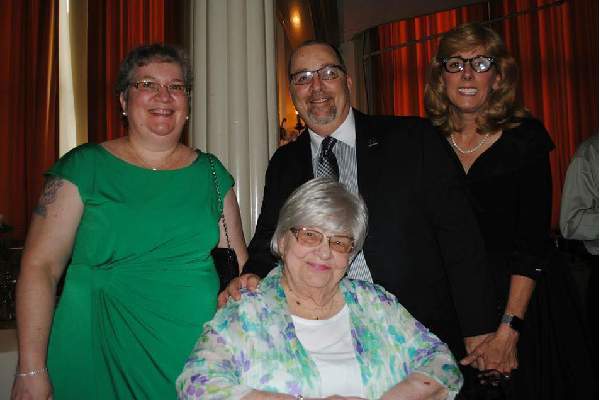
Joe Dittmar Biography. Image Source: Social media
Swinging between laughter and tears, Dittmar has been narrating his memories of escaping from near the top of the World Trade Center on 9/11, a journey filled with fateful split-second decisions. By sharing memories and emotions, Joe has avoided nightmares, PTSD, and survivor’s guilt. Also, the forging of friendships with other survivors has been like therapy.
Joe Dittmar is based out of Chapel Hill, North Carolina, U.S, and works at Swyfft as vice president-Commercial. Dittmar graduated in communications from Temple University and resides with his family in North Carolina. Initially, he did not intend to enter the insurance industry, but that is where his career took him.
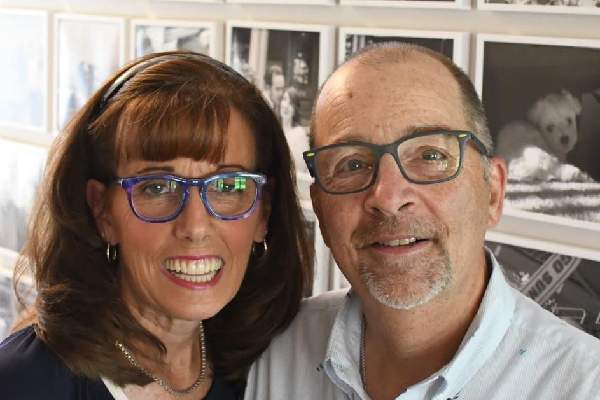
Joe Dittmar Biography. Image Source: Social Media
Joe Dittmar’s wife is Betty Dittmar, to whom he has been married since March 3, 1979. They have four kids, daughters Kelly Dittmar, Kimberly Dittmar, Kristen Boomer, and another kid whose information is not available. Dittmar has 9/11 tattooed on his wrist and a pin of the Twin Towers on his collar. He is a witness to this tragic incident who has carried the depth of tragic emotions for over two decades. Joe Dittmar biography can unsettle anyone reading, and we can only imagine how it must have been firsthand.
The 9/11 incident remains a pivotal moment in contemporary history, marking a turning point in international relations, security policies, and global consciousness. As we reflect on the events of that tragic day, we must also acknowledge its enduring impact on societies, politics, and the ongoing pursuit of a safer world.
Turner, A., & Bowman, E. (2018, September 7). “They Thought I Was Dead”: A Sept. 11 Survivor Recalls His Escape | WBUR. WBUR.org.
Saunokonoko, M. (2021, September 9). How one man escaped from the top of the World Trade Center. Breaking Australian and World News Headlines – 9News.
September 11 attacks: facts, background & impact. (2010, February 17). HISTORY.
Nadeem, R. (2023, March 2). Two decades later, The Enduring Legacy of 9/11 | Pew Research Center. Pew Research Center – U.S. Politics & Policy.
USDOJ: Ten Years Later: The Justice Department after 9/11. (n.d.).
Bendekgey, F. B. (n.d.). Memories of escaping the South Tower of the WTC on September 11, 2001.
Did you notice an error ?
Please help us make corrections by submitting a suggestion. Your help is greatly appreciated!





